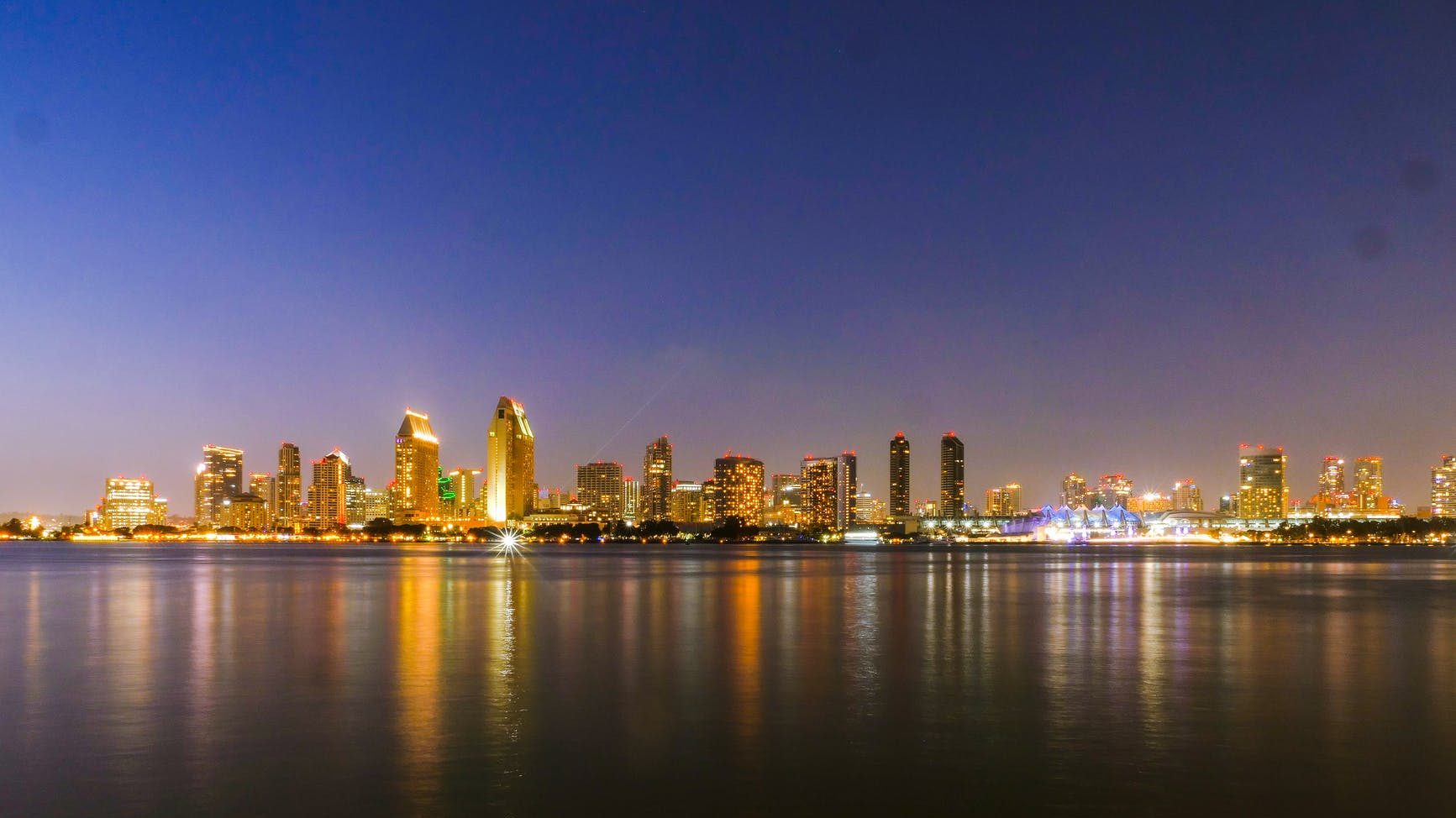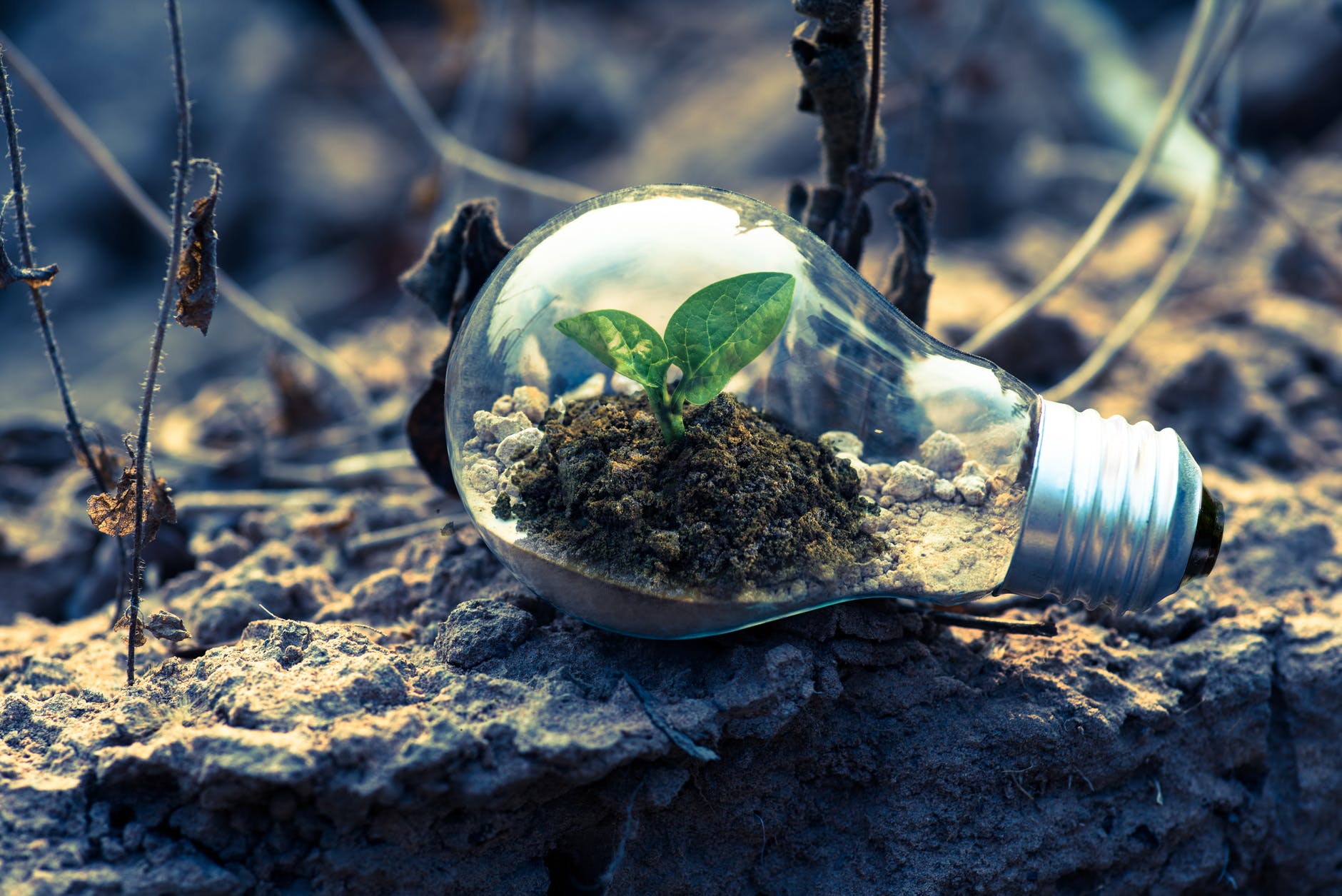Renewable energy is already here – but by the year 2050, the International Energy Agency (IEA) predicts that half of the world’s energy will come from non-polluting sources. In the next 29 years, the world will have to make rapid and significant changes. A large number of investments are required in energy infrastructure, not to mention technical and organizational changes in our energy system. It will take an enormous effort by our societies, corporations and governments to make this possible.
Taking Action
The cities of Copenhagen, New York and Mexico City already have many of the elements in place to supply 100 percent of their energy from renewable sources by 2030. Around the world, businesses, small communities, and even countries are investing in energy projects that come from a clean source.

The Benefits of Renewable Energy
There are so many benefits to renewable energy. By harnessing the power of the sun, wind, and water, we are able to provide clean energy for our communities. Every day, there are new and innovative solutions to zero carbon travel and more efficient EV’s and batteries. By divesting from fossil fuels, we are saving money and the planet.
Renewable energy will help us shift to more sustainable agriculture, where we can grow healthy food, use less resources, and have a smaller impact on the environment. Shifting to a carbon neutral society will demand cleaner industry, without toxic manufacturing, chemical spills, or unnecessary waste of resources. We will do more with less.
The Solutions for Clean Energy
When we talk about the development of renewable energy, we often discuss the installation of solar panels on homes. However, large-scale solar projects are becoming more numerous across the globe, along with on-shore and off-shore wind, maintenance of hydroelectric dams, hydrogen fuel used in storage, wave and tidal power developments, geothermal power plants, and in some places, nuclear energy.
While these energy sources are considered “clean” in terms of what they combust (which in many cases is simply water vapor), we must consider the energy required to create these technologies, as well as their byproducts (mining and disposal of solar panel products, nuclear waste, etc.). However, clean air alone is a huge step in the right direction!
1-in-3 Americans currently live within 10 miles of a coal plant, and there are approximately 9,200 chemical facilities in the U.S. that use massive amounts of electricity. Coal is a product of the industrial revolution; our technology has evolved, and we simply cannot continue to allow this pollution to persist.
The State of Massachusetts currently mandates that 20% of its electricity come from renewable resources. We need similar statewide standards throughout our country!

What You Can Do Today
Visit Project Drawdown and join more than 27,000 volunteers in responding to the science for change. We now know that chemicals don’t just harm plants and the water we drink, but the air we breathe. To get our planet back on track, we have to take an active role in our environment. We have the power to build a healthier community, a healthier environment and a healthier world. Bring attention to and solutions for issues that matter to you, and be an example to your friends and neighbors. You can join the conversations that will lead to a healthier community and environment!
To get more hope in your thread, follow Green Success Stories, a news platform that gives climate change solutions a voice in the mainstream media. Green Success Stories is a television show, podcast, social media, and news platform, hosted by Dylan Welch, that highlights climate change scientists, renewable energy experts, and clean tech entrepreneurs by giving them a voice in the mainstream media. The Green podcast highlights leading experts in clean tech, sustainability, media, finance, and real estate. Tune in and subscribe to the podcast on Apple or Spotify to listen to interviews with leading clean tech and sustainability experts. If you are interested in being featured on Green, click HERE.




